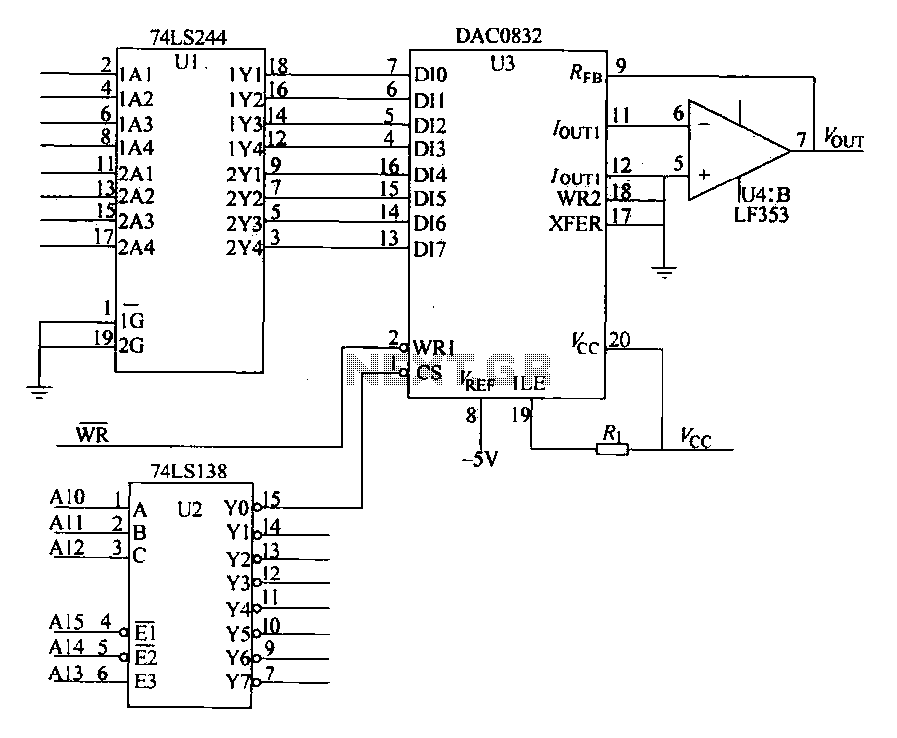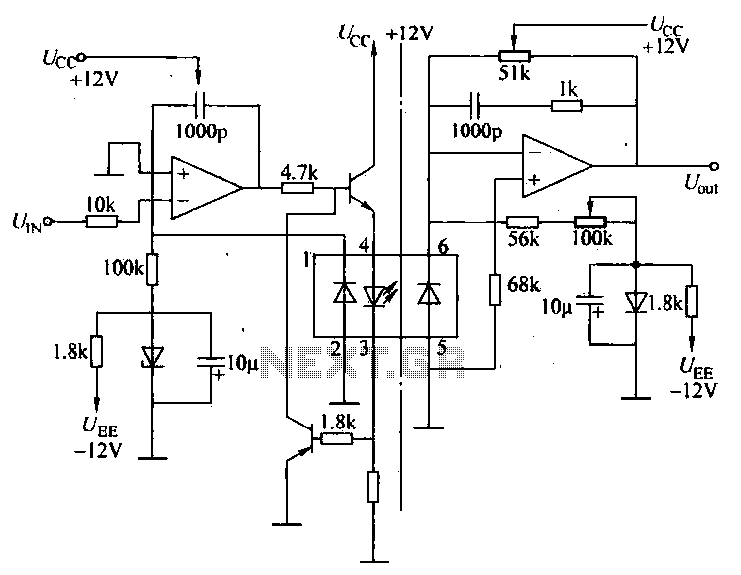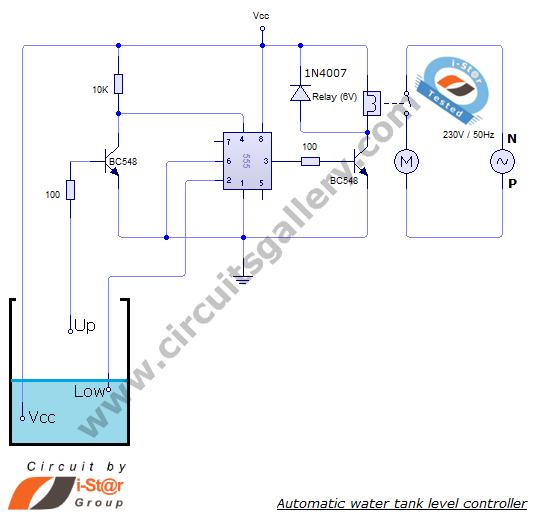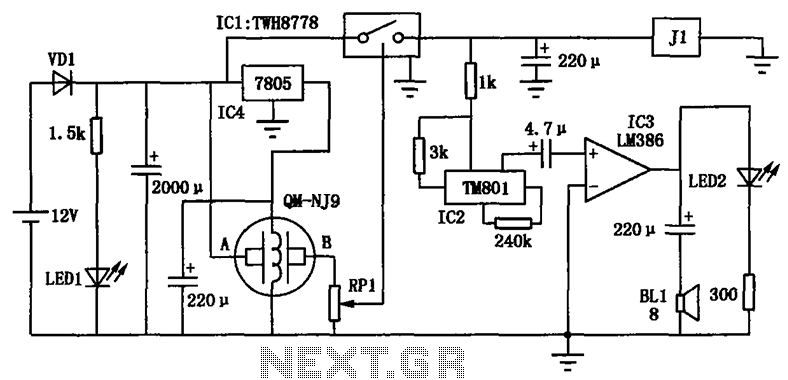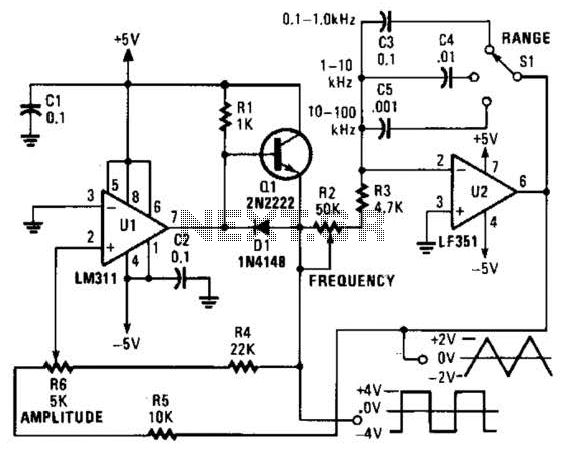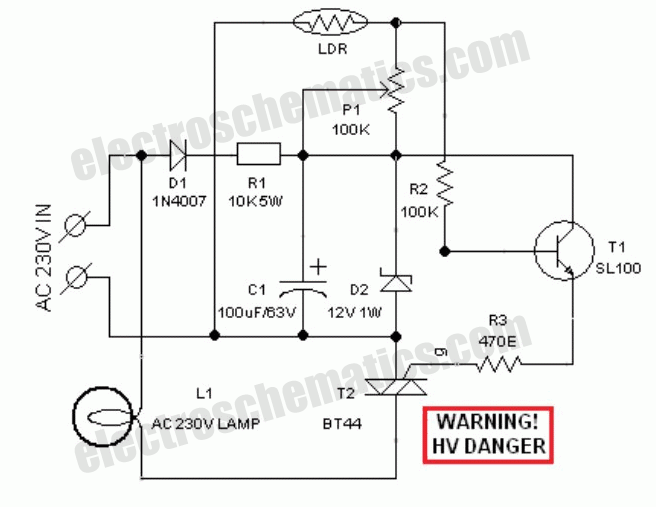
CB 27MHz Transmitter Circuit
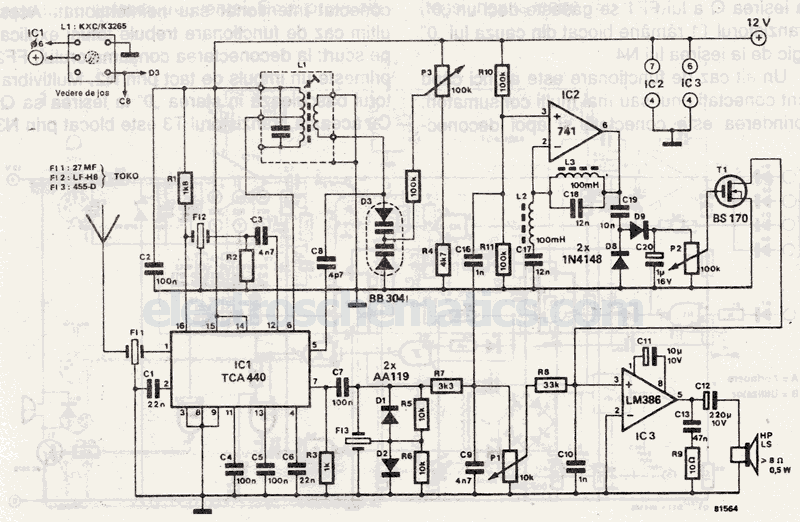
Narrow Band Frequency Modulation (NBFM) is utilized in this 27 MHz transmitter circuit schematic. This circuit is based on the Motorola MC2833 VHF transmitter, which integrates FM modulation and narrow band capabilities into a single chip. P1 is designated for adjusting microphone amplification, while P2 is for adjusting the deviation. It is important to note that this 27 MHz FM transmitter employs NBFM with a maximum deviation of 5 kHz. Consequently, an NBFM receiver is necessary to achieve sufficient audio levels. The transmitter is designed for straightforward adjustments: trim capacitors C9, C10, and C18 to maximize output power on an artificial 50-ohm load. Subsequently, monitor the output using a 27 MHz radio receiver and fine-tune P1 and P2 until optimal modulation is achieved.
The 27 MHz NBFM transmitter circuit operates by employing the Motorola MC2833, a versatile chip that simplifies the design of FM transmitters. The core functionality revolves around narrow band frequency modulation, which allows for efficient use of bandwidth while maintaining audio fidelity. The transmitter is configured to operate within the 27 MHz band, commonly used for various communication applications, including hobbyist radio and short-range communications.
Key components of this circuit include the microphone preamplifier, where the potentiometer P1 plays a critical role in adjusting the gain to ensure that the audio signal is adequately amplified before modulation. The second potentiometer, P2, is essential for controlling the frequency deviation, which directly influences the modulation depth and audio quality transmitted.
Capacitors C9, C10, and C18 are crucial for tuning the circuit to achieve maximum output power. These components help stabilize the oscillator and filter the signal, ensuring that the transmitter operates efficiently under varying load conditions. The use of an artificial 50-ohm load during the tuning process ensures that the output power can be accurately measured, leading to optimal performance.
After adjusting the capacitors for maximum output, the circuit should be monitored using an NBFM receiver. This step is vital for ensuring that the transmitted audio signal is clear and free from distortion. Fine-tuning P1 and P2 allows for adjustments to be made in real-time, ensuring that the modulation is at its best for the intended application.
Overall, this 27 MHz NBFM transmitter circuit exemplifies a straightforward yet effective design for FM transmission, leveraging the capabilities of the MC2833 chip to deliver reliable performance in various communication scenarios.NBFM or Narrow Band Frequncy Modulation is used in this 27 MHz transmitter circuit schematic. This circuit is an application by Motorola MC2833 VHF transmitter with FM modulation and narrow band in a single chip. P1 is used to adjust microphone amplification and P2 to adjust the deviation. Remember that this 27MHz fm transmitter use NBFM withmaximum 5KHz deviation, this mean you have to use an nbfm receiver to obtain enough audio level. The transmitter is easy to adjust: trim C9, C9 and C18 for maximum output power on a artificial 50 © load. Then listen on a 27MHz radio receiver and adjust P1 and P2 untill you obtain the best modulation. 🔗 External reference
The 27 MHz NBFM transmitter circuit operates by employing the Motorola MC2833, a versatile chip that simplifies the design of FM transmitters. The core functionality revolves around narrow band frequency modulation, which allows for efficient use of bandwidth while maintaining audio fidelity. The transmitter is configured to operate within the 27 MHz band, commonly used for various communication applications, including hobbyist radio and short-range communications.
Key components of this circuit include the microphone preamplifier, where the potentiometer P1 plays a critical role in adjusting the gain to ensure that the audio signal is adequately amplified before modulation. The second potentiometer, P2, is essential for controlling the frequency deviation, which directly influences the modulation depth and audio quality transmitted.
Capacitors C9, C10, and C18 are crucial for tuning the circuit to achieve maximum output power. These components help stabilize the oscillator and filter the signal, ensuring that the transmitter operates efficiently under varying load conditions. The use of an artificial 50-ohm load during the tuning process ensures that the output power can be accurately measured, leading to optimal performance.
After adjusting the capacitors for maximum output, the circuit should be monitored using an NBFM receiver. This step is vital for ensuring that the transmitted audio signal is clear and free from distortion. Fine-tuning P1 and P2 allows for adjustments to be made in real-time, ensuring that the modulation is at its best for the intended application.
Overall, this 27 MHz NBFM transmitter circuit exemplifies a straightforward yet effective design for FM transmission, leveraging the capabilities of the MC2833 chip to deliver reliable performance in various communication scenarios.NBFM or Narrow Band Frequncy Modulation is used in this 27 MHz transmitter circuit schematic. This circuit is an application by Motorola MC2833 VHF transmitter with FM modulation and narrow band in a single chip. P1 is used to adjust microphone amplification and P2 to adjust the deviation. Remember that this 27MHz fm transmitter use NBFM withmaximum 5KHz deviation, this mean you have to use an nbfm receiver to obtain enough audio level. The transmitter is easy to adjust: trim C9, C9 and C18 for maximum output power on a artificial 50 © load. Then listen on a 27MHz radio receiver and adjust P1 and P2 untill you obtain the best modulation. 🔗 External reference
